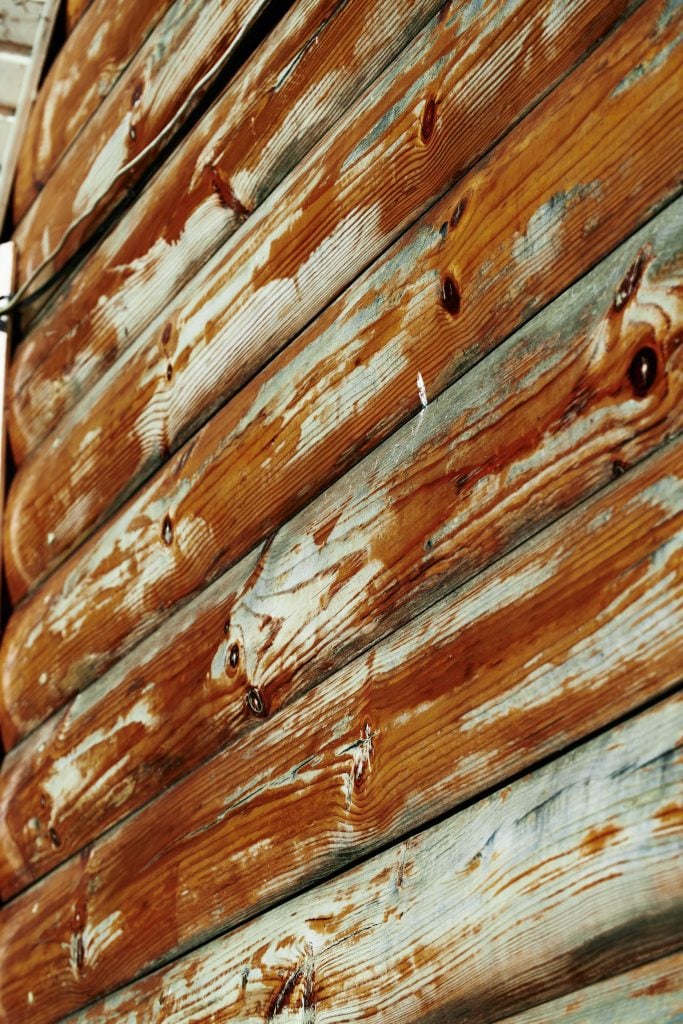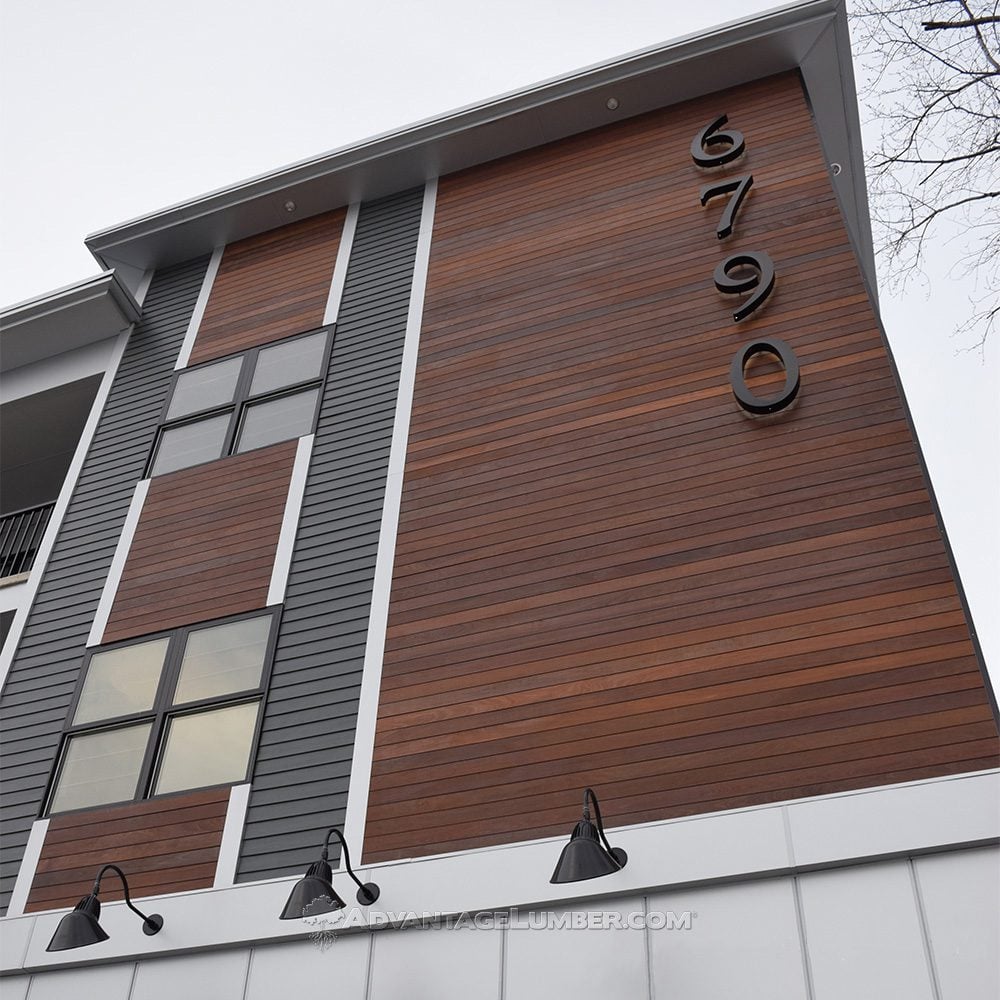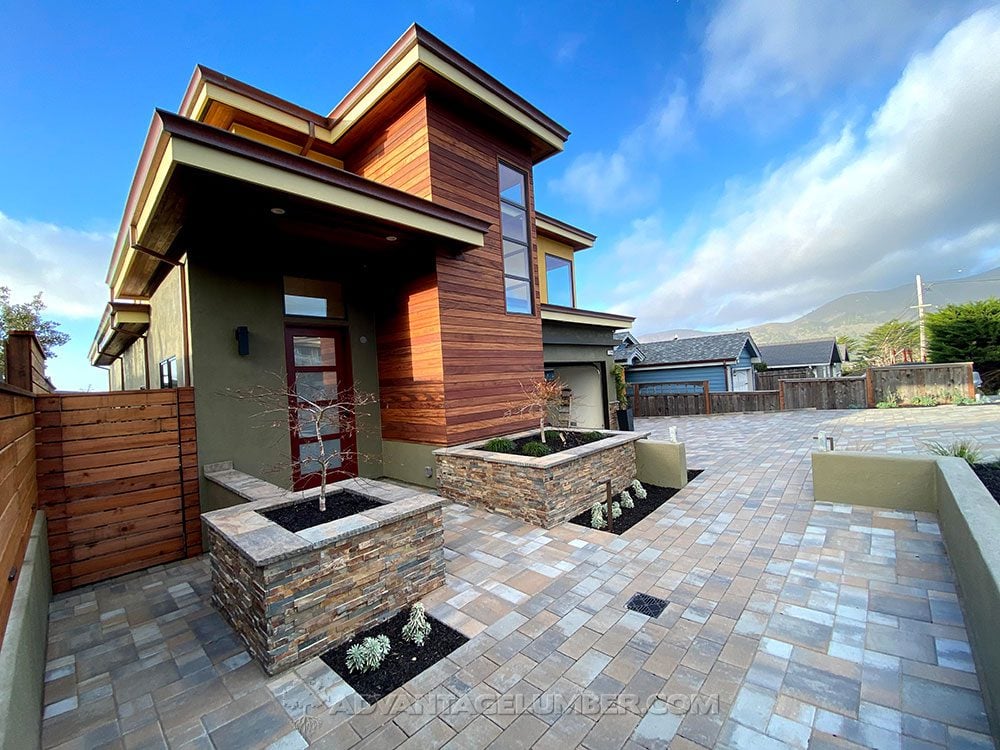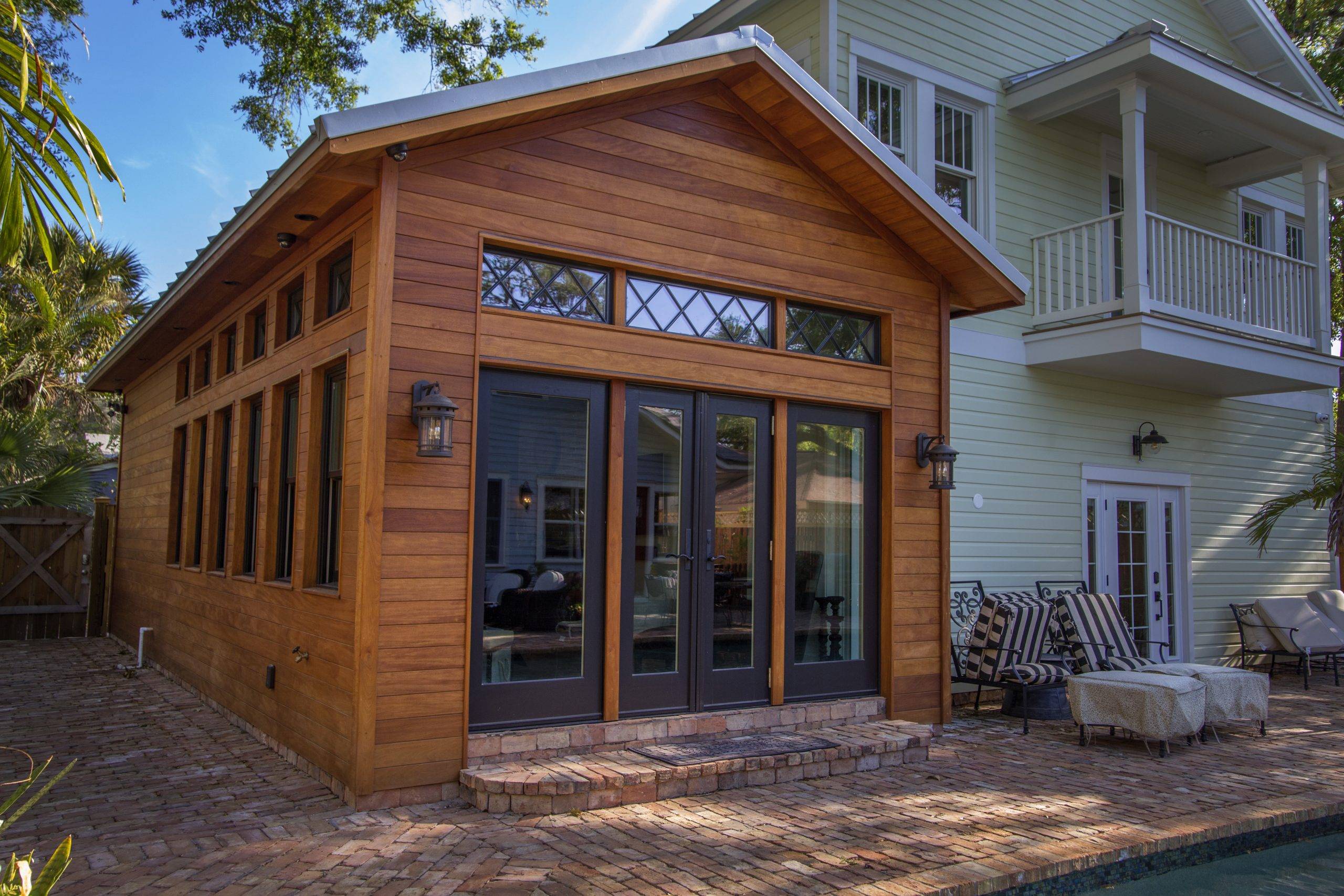When it comes to choosing siding for your home, wood is a timeless and attractive option. It adds warmth, character, and a natural aesthetic that other materials struggle to match.
However, one of the most common questions homeowners ask is, “How long does wood siding last?” The answer depends on several factors, including the type of wood, maintenance, and environmental conditions.
Softwoods: Pine and Cedar
Softwoods are a popular choice for wood siding due to their affordability and availability. Among softwoods, pine and cedar are the most commonly used.
Pine Siding
Pine is an economical option, but it is also softer and more susceptible to damage. With proper maintenance, such as regular painting or staining and prompt repairs of any damage, pine siding can last between 20 to 30 years. However, in harsh climates or without adequate upkeep, its lifespan may be shorter.

Cedar Siding
Cedar is more durable than pine and naturally resistant to rot, insects, and moisture. This makes it a superior choice for siding. With regular maintenance, cedar siding can last 30 to 40 years, and in some cases, even longer. The key to maximizing cedar’s lifespan is to ensure it is properly sealed and protected from the elements.
Hardwoods: Ipe, Tigerwood, and Thermally Modified Ash and Pine
Hardwoods offer a premium option for wood siding, with enhanced durability and longevity.
Ipe Siding
Ipe, also known as Brazilian Walnut, is one of the toughest woods available. It is incredibly dense and resistant to rot, insects, and weathering. With minimal maintenance, Ipe siding can last up to 75 years, making it an excellent long-term investment.

Tigerwood Siding
Tigerwood is another exotic hardwood known for its striking appearance and durability. Like Ipe, it is resistant to rot and insects. With proper care, Tigerwood siding can last 30 to 40 years or more.

Thermally Modified Wood Siding
Thermally modified wood is a process that enhances the durability and stability of the wood. By heating the wood to high temperatures, its structure is altered, making it more resistant to rotting and wood boring insects. Thermally modified ash and pine can last 25 to 30 years or more with proper maintenance.
Our thermally modified wood offers a 20 year limited warranty against fungal degradation, buckling, structural failure, separating and rupturing for a period of 20 years from the date the installation is completed.

Factors Affecting Wood Siding Lifespan
Several factors can influence the lifespan of wood siding:
- Climate: Harsh weather conditions, such as extreme heat, cold, or humidity, can shorten the lifespan of wood siding.
- Maintenance: Regular maintenance, including painting, staining, and sealing, is crucial for extending the life of wood siding.
- Installation: Proper installation is key to preventing moisture buildup and ensuring the longevity of the siding.
- Quality of Wood: Not all woods are created equal some species such as Ipe and Tigerwood will long outlast softwoods. Also the quality of the wood, including its grade and treatment, can significantly impact its durability.
Conclusion
Wood siding can last anywhere from 20 to 75 years or more, depending on the type of wood, maintenance, and environmental conditions. Softwoods like pine and cedar are more affordable but require more upkeep, while hardwoods like Ipe and Tigerwood offer greater durability with less maintenance. Thermally modified woods provide a balance between the two. Regardless of the type of wood, regular maintenance is essential to maximize the lifespan of your wood siding and keep your home looking beautiful for years to come.
